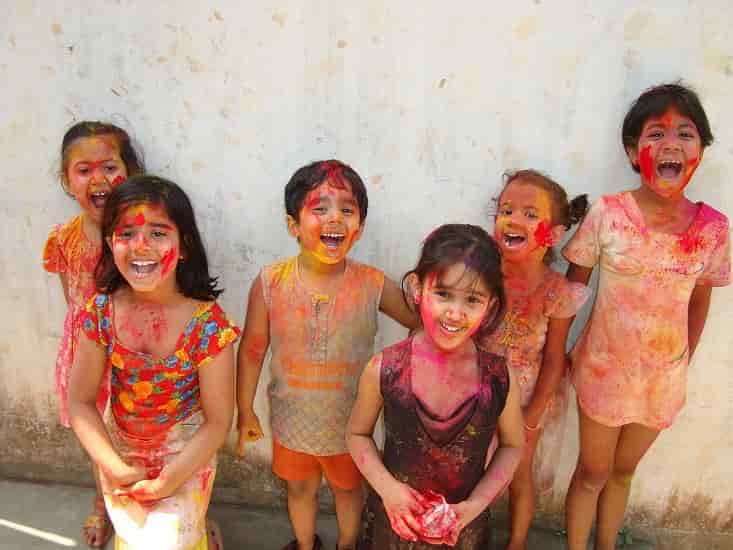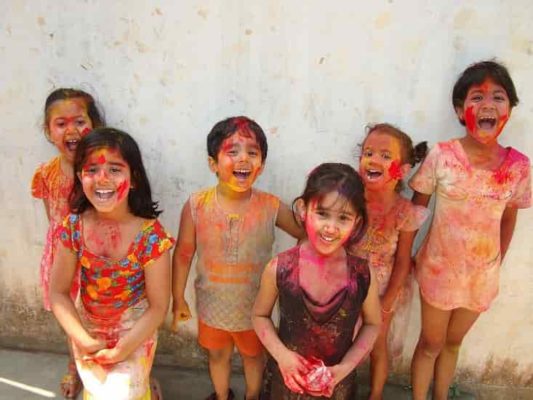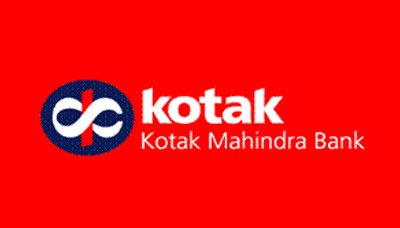“India’s annual Holi Festival is one of the country’s most universally celebrated festivals and an enormous drawcard for international visitors,” said Ashwin Jayasankar, Country Head of Wego India.
Holi takes place during spring each year with a variety of religious, cultural and mythological associations attributed to the colourful celebration.
“Holi means so many different things to everyone, but the festival exudes an intense and electric energy that’s uniformly contagious,” observed Jayasankar. “There are a number of thoughts about how it all began, but Holi is at its basic a celebration of the colours of spring, of life and love. It’s a time to make new friends, celebrate family and neighbours and also amend broken relationships. It’s a wonderful time to be in India.”
The coloured powders, ink or paint each have different meanings. Red symbolises life, festivals and weddings, yellow for prosperity and trade, green celebrates nature, fertility and happiness and blue is the colour of Krishna’s skin – peace, love and heaven.
While colourful powder is tossed at all those within throwing distance by revelers during Holi, colour is so significant in India that some cities are known by a certain shade in addition to their official name.
“India has one of the strongest relationships with colour of any country in the world,” explained Jayasankar. “From richly coloured spices, six yards of bright saree, robes for holy men representing their beliefs, and wildly artistic delivery trucks – colour is ingrained in Indian culture.”
“Many of our cities are colour themed, and each for different reasons,” Jayasankar added. “For instance Nagpur is known as the Orange City due to its large production of oranges, Cuttack (the Silver City) representing its silver industry, and Kolkata gets its Black City moniker from its historical association with the infamous Black Hole prison. Yet others are named for more literal colour associations.”







